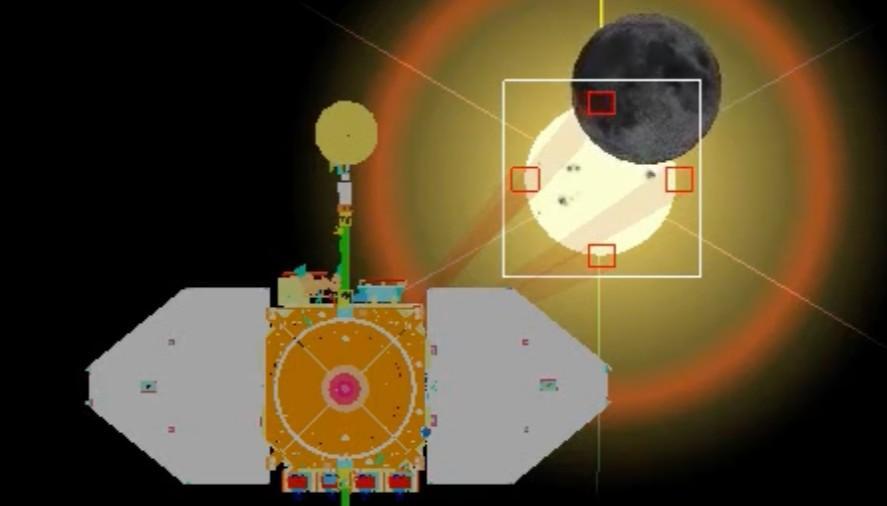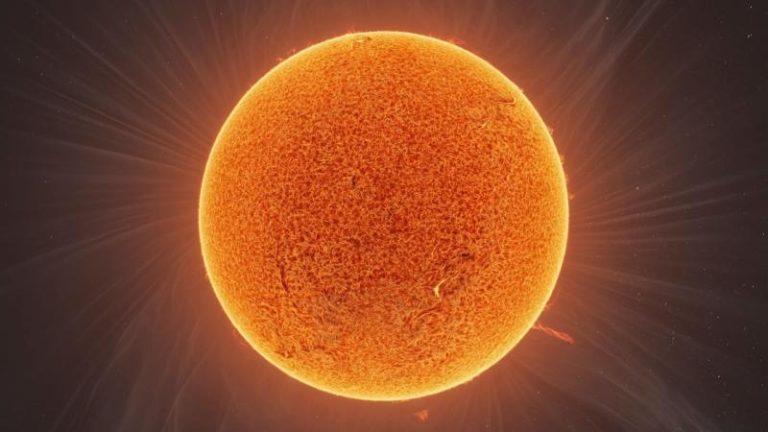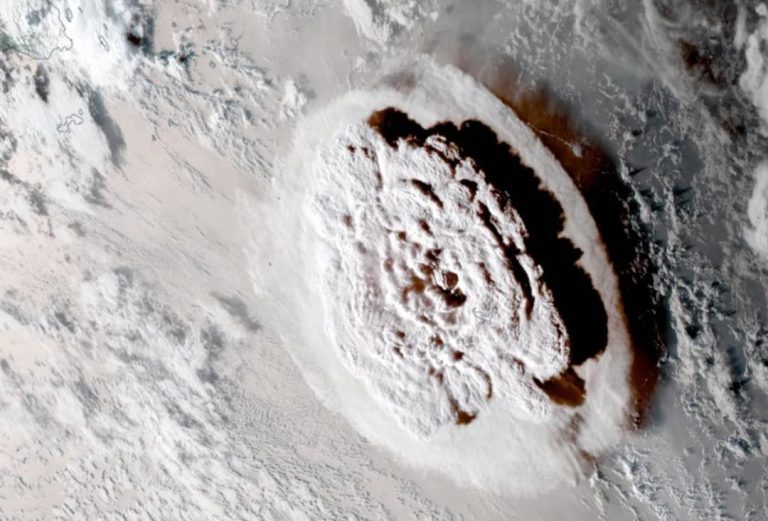
Satellite Captures Solar Eclipse Visible Only from Space
On April 27, a rare and fascinating phenomenon took place in our solar system, and it was captured by NASA’s Solar Dynamics Observatory (SDO). The event was a solar eclipse, but not just any solar eclipse – it was one that was only visible from space. The Moon blocked 23% of the Sun’s light, creating a partial eclipse, but unfortunately, it was not possible for humans on Earth to witness this spectacle.
The SDO, a spacecraft launched in 2010, is designed to study the Sun’s magnetic field and its impact on the solar system. Equipped with a series of instruments, the SDO captures high-resolution images of the Sun’s surface, atmosphere, and corona. Its unique position in orbit around the Earth allows it to observe the Sun from a unique perspective, making it an ideal platform for capturing rare astronomical events like this partial solar eclipse.
The eclipse took place on April 27, and the SDO’s Atmospheric Imaging Assembly (AIA) captured stunning images of the Moon passing in front of the Sun. The AIA instrument uses a combination of filters to capture images of the Sun’s surface and corona, allowing scientists to study the Sun’s activity and its impact on the solar system.
In a statement, NASA officials said, “The SDO’s AIA instrument is designed to capture high-resolution images of the Sun, and it’s perfectly suited to observe this rare event. The partial eclipse was a unique opportunity for us to study the Sun’s behavior and its interaction with the Moon.”
The partial solar eclipse was a result of the Moon’s elliptical orbit around the Earth. As the Moon moves closer to the Earth, its shadow falls on a specific region of the planet, creating a partial eclipse. However, the Moon’s orbit is tilted at an angle of about 5 degrees relative to the Earth’s orbit around the Sun, which means that the Moon’s shadow usually falls above or below the Earth. In rare cases, the Moon’s shadow can fall on a specific region of the Earth, creating a partial eclipse.
The April 27 partial solar eclipse was a rare event, and scientists are eager to study the data captured by the SDO to better understand the Sun’s behavior and its impact on the solar system. The SDO’s observations will help scientists to refine their models of the Sun’s magnetic field and its interaction with the solar system.
Another solar eclipse is set to take place on July 25, which will be the longest and deepest transit in the first half of 2025. This eclipse will be visible from a narrow path across the Pacific Ocean, but it will be a partial eclipse, and observers on the Earth will need special viewing equipment to witness it.
For those interested in tracking this and future solar eclipses, the SDO’s blog has a dedicated page that provides information on upcoming lunar transits. According to the blog, “There will be four lunar transits in the first half of 2025, with the longest and deepest transit taking place on July 25. Stay tuned for more information on these events.”
Source:
https://sdoisgo.blogspot.com/2025/03/four-lunar-transits-april-july-2025.html






